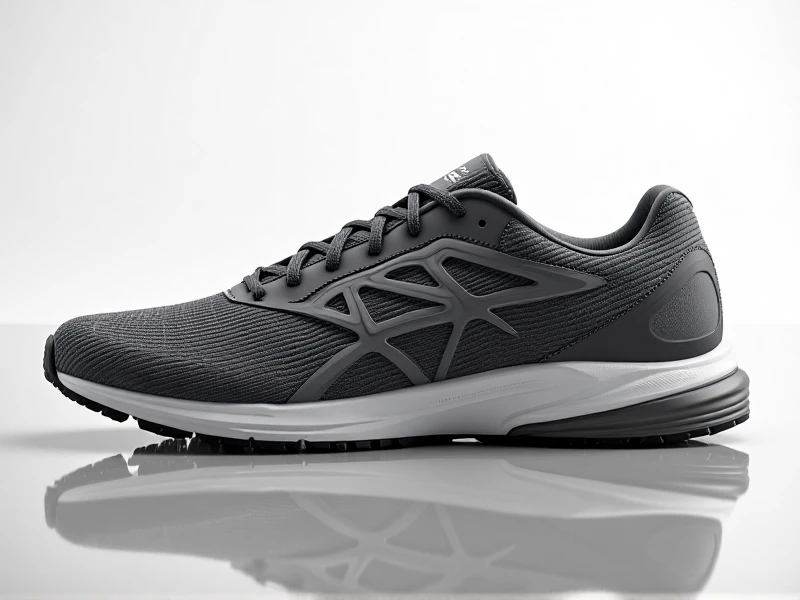The Ultimate Guide to Training Shoes: Versatility Meets Performance

Finding the perfect footwear for your active lifestyle can be challenging. Gyms, fitness classes, and athletic training demand shoes that adapt. That's where dedicated training shoes shine – the versatile workhorses designed to support dynamic movement.
Unlike running shoes built for straightforward forward motion or specialized weightlifting shoes, training shoes are crafted for multi-directional stability. They're the Goldilocks zone of athletic footwear, offering just the right blend of cushioning, flexibility, and support to handle a wide range of activities comfortably and safely.
Why Choose Training Shoes?
- Unmatched Versatility: True performance training shoes excel across diverse workouts. Need agility for box jumps? Check. Require stability for kettlebell swings? Covered. Craving cushioning for circuit training? They’ve got it. They seamlessly transition from plyometrics and HIIT to strength training and even light court work, eliminating the need for multiple shoe changes.
- Optimized Support & Stability: Expect a flatter, more stable platform than running shoes. A wider base and strategic outsole rubber (often wrapped up the sides) enhance lateral support during side-to-side movements, lunges, and lifts. This minimizes ankle roll risk, crucial for maintaining form under load or during rapid changes in direction.
- Responsive Flexibility: While stable, trainers aren't rigid. They provide ample forefoot flexibility to facilitate natural foot movement during sprints, climbs, or agility ladder drills. The midsole often features a balanced foam – not too soft, not too firm – offering responsive energy return without compromising ground feel for lifts.
- Enhanced Durability: Built for the rigors of gym floors, rubber compounds, and synthetic uppers are designed to withstand abrasion from ropes, sled pushes, and repetitive friction. Reinforcements in high-wear areas extend their lifespan, making them a smart investment.
Key Features to Look For:
- Secure Upper Fit: Breathable mesh uppers with supportive overlays or internal webbing provide a locked-down, sock-like fit without pressure points. Heel counters prevent slippage.
- Strategic Traction: Multi-directional tread patterns offer exceptional grip on various surfaces – from wooden floors to artificial turf – ensuring confident footing during explosive moves and lateral cuts.
- Functional Cushioning: Responsive yet stable cushioning protects joints during impacts (like jumping) while maintaining a connection to the floor for power transfer during deadlifts or squats.
- Supportive Midfoot: Look for technologies like TPU shanks or firmer foam pods through the midfoot to provide torsional stability and prevent excessive foot twisting.
Choosing Your Perfect Pair:
Consider your primary training style. Do you focus heavily on weightlifting? Prioritize stability and a firmer forefoot. More cardio-dominant circuits? Lean towards slightly more cushioning. Need all-around performance? Opt for a balanced model. Always prioritize proper fit – you need room to splay toes, but a secure heel and midfoot hold.
The Verdict:
For athletes and fitness enthusiasts demanding footwear that keeps pace with diverse, high-intensity workouts, dedicated training shoes are indispensable. They offer the perfect synergy of support, flexibility, durability, and versatility, empowering you to push your limits safely and confidently in every direction. Ditch the compromises: equip your feet with purpose-built performance.